Why Some Drivers Press the Gas and Brake at the Same Time — What Americans Should Know
Online, you’ll find countless videos showing drivers pressing both pedals — gas and brake — while the engine is running. But what’s actually happening here, and why do some people do it?
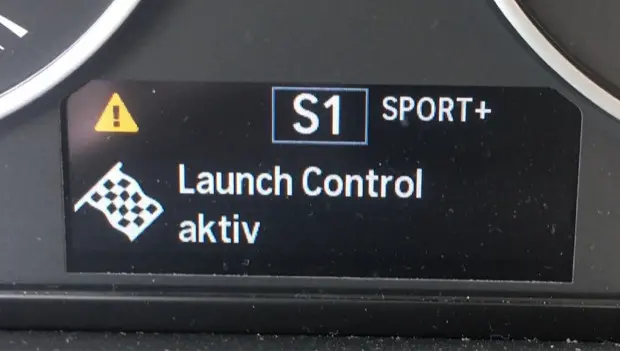
If you’ve spent any time on car forums or YouTube, you’ve probably seen clips of drivers flooring both pedals at once — gas and brake together. This is especially common among cars with turbocharged engines, while naturally aspirated vehicles are less likely to use the trick. So what’s the point? Let’s break it down from an engineering perspective.
First off, this doesn’t work on every car. The feature is typically found in performance models — often from European automakers like BMW — and it’s designed mainly for cars with automatic transmissions.
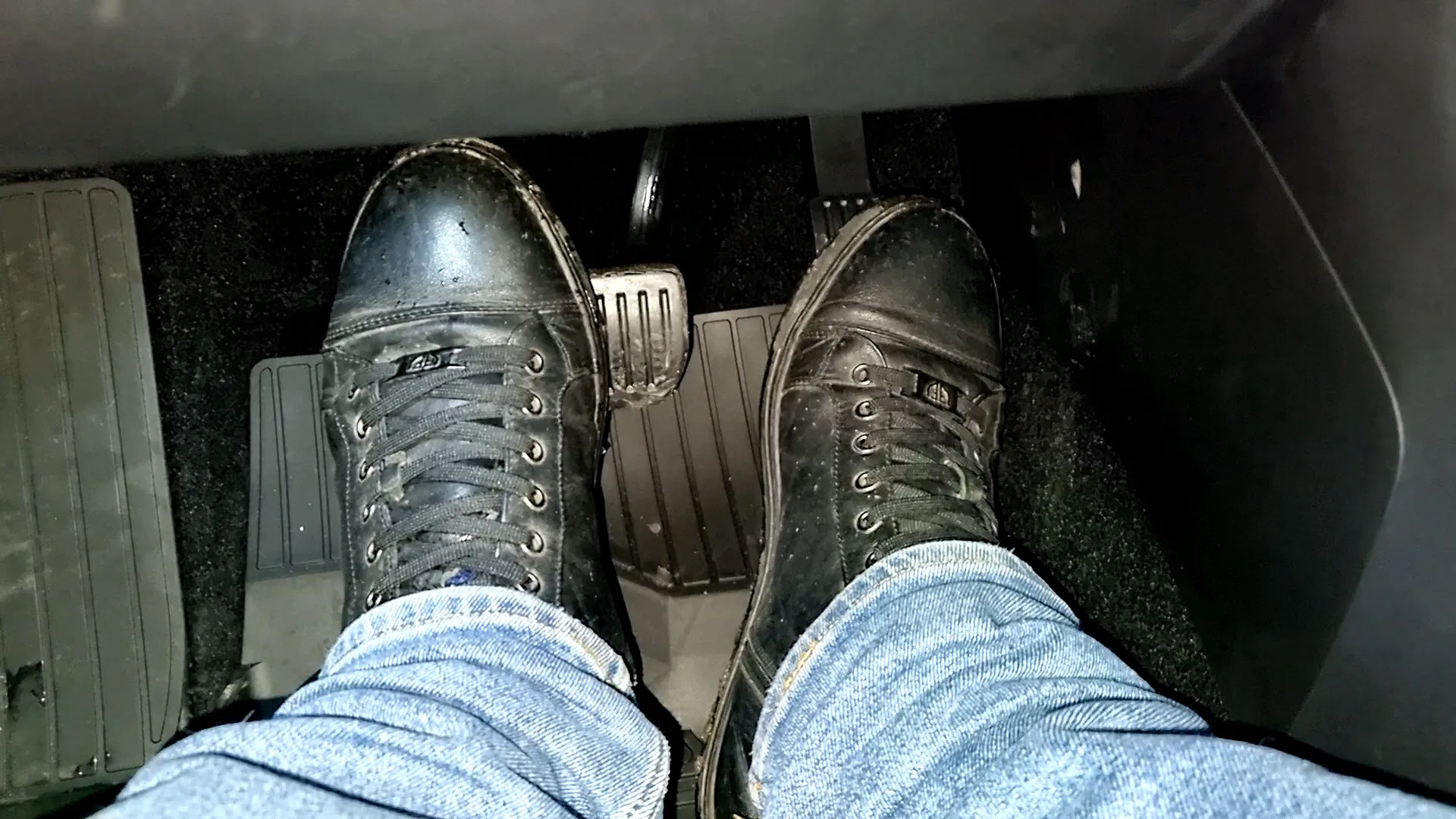
Here’s why it matters. Engines generally fall into two broad categories: naturally aspirated and turbocharged.
Turbocharged engines produce far more power from the same displacement. For example, a 2.0-liter naturally aspirated engine might make around 150–160 horsepower. A 2.0-liter turbo, on the other hand, can easily deliver anywhere between 190 and 240 horsepower, depending on the setup and boost pressure. Of course, a naturally aspirated engine tends to be more durable because it operates under lower stress, but achieving high output from one requires larger displacement — think 3.0- or 3.5-liter V6 or V8 engines to hit 300+ horsepower.
A turbo engine, however, can reach similar power levels using a smaller, lighter block — often reinforced with stronger components like a forged crankshaft and upgraded bearings. The only catch? It needs time to spool up the turbocharger.
Here’s the problem: engines don’t deliver full power instantly. For example, a 150-horsepower engine usually reaches that output around 4,000–4,500 rpm. A 250-hp turbo motor might need closer to 5,500 rpm, since the turbo must build boost before the engine can deliver its maximum thrust.
That’s where Launch Control comes in.
Imagine you’ve just bought a turbocharged sports car, but off the line, a regular “naturally aspirated” sedan beats you through the first few yards. Sure, you’ll catch up quickly — but what if you want instant acceleration from zero?
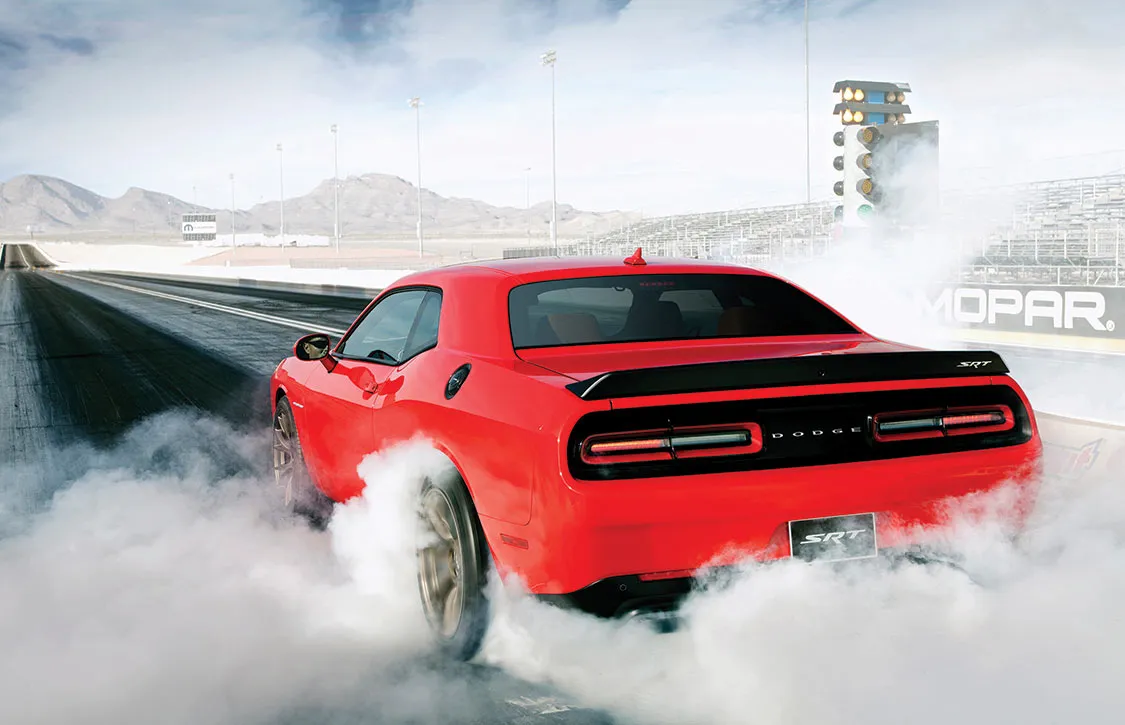
Many automakers now include a system called Launch Control, designed to spin up the turbo and engine before the car moves. The system raises revs to about 2,000–4,000 rpm (depending on the model), priming the engine for maximum power. When released, the car launches like a rocket — often cutting one to two seconds off the official 0–60 mph time.
For instance, a German performance car rated at 7 seconds to 60 mph might do it in 6 or even less with Launch Control active.
And here’s the key part: activating it usually requires pressing both pedals at once.
Holding the brake keeps the car stationary, while pressing the gas raises the revs and spins up the turbo. Once the dashboard shows “Launch Control,” you release the brake — and the car shoots forward instantly.
Even if your car doesn’t display a Launch Control message, the same effect can occur on many turbo engines.
For naturally aspirated cars, though, the benefit is minimal — maybe two or three tenths of a second faster at best — since there’s no turbo to spool.
In short, pressing both pedals on a running engine isn’t just random behavior — it’s a technique used by drivers (and built into many performance cars) to get the quickest, cleanest launch possible, especially in turbocharged vehicles.
You may also be interested in the news:
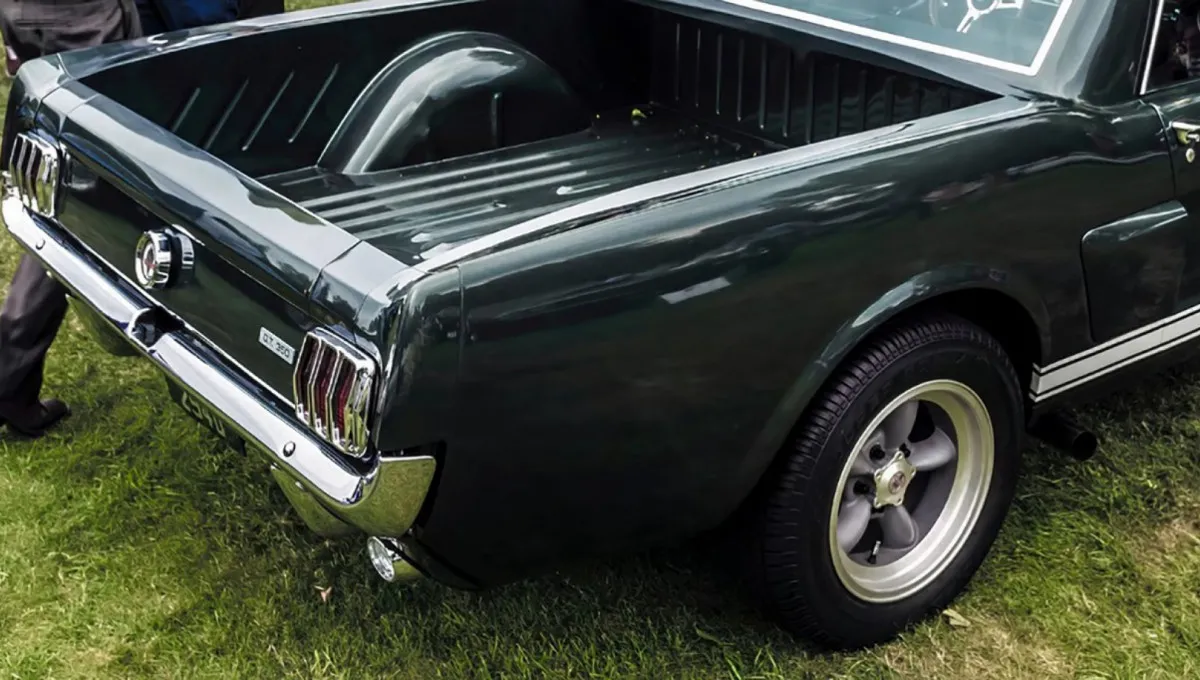
The Forgotten Pickup Based on a Legend – The Story of the Unique 1960s Ford Mustero
Have you ever heard of a Ford Mustang pickup?
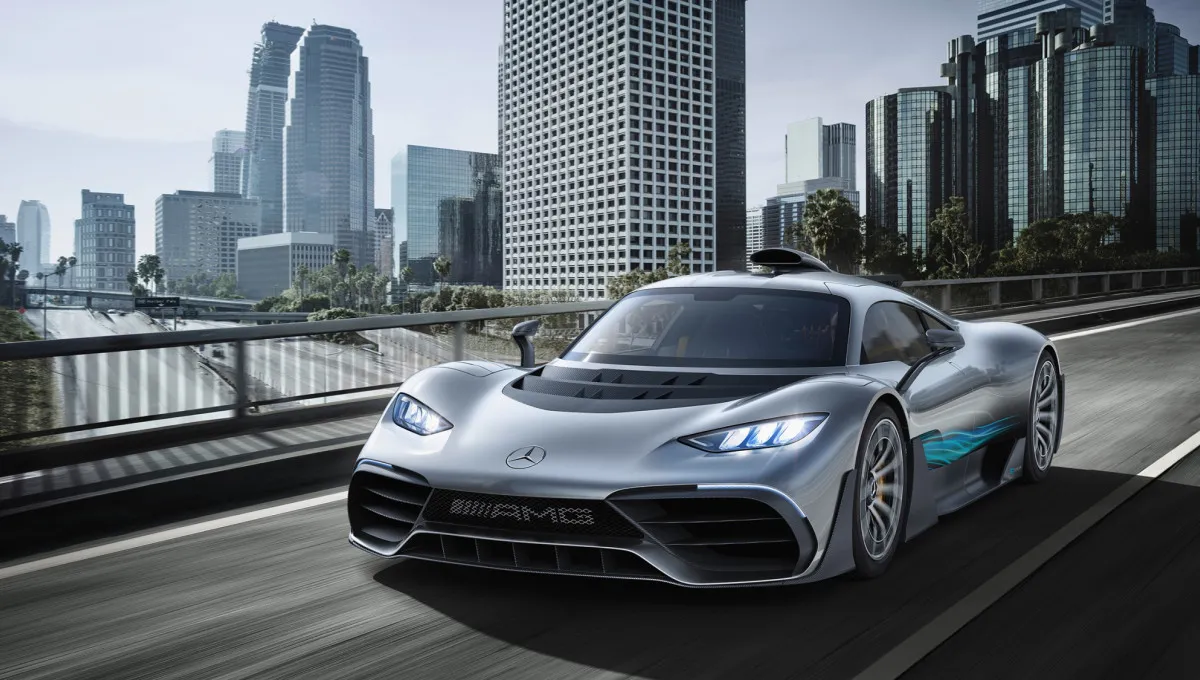
Hypercars That Never Made It to Production: Cars That Deserved Better
Not every car that inspires engineers and fans alike—and draws crowds at auto shows—ever makes it to the assembly line.
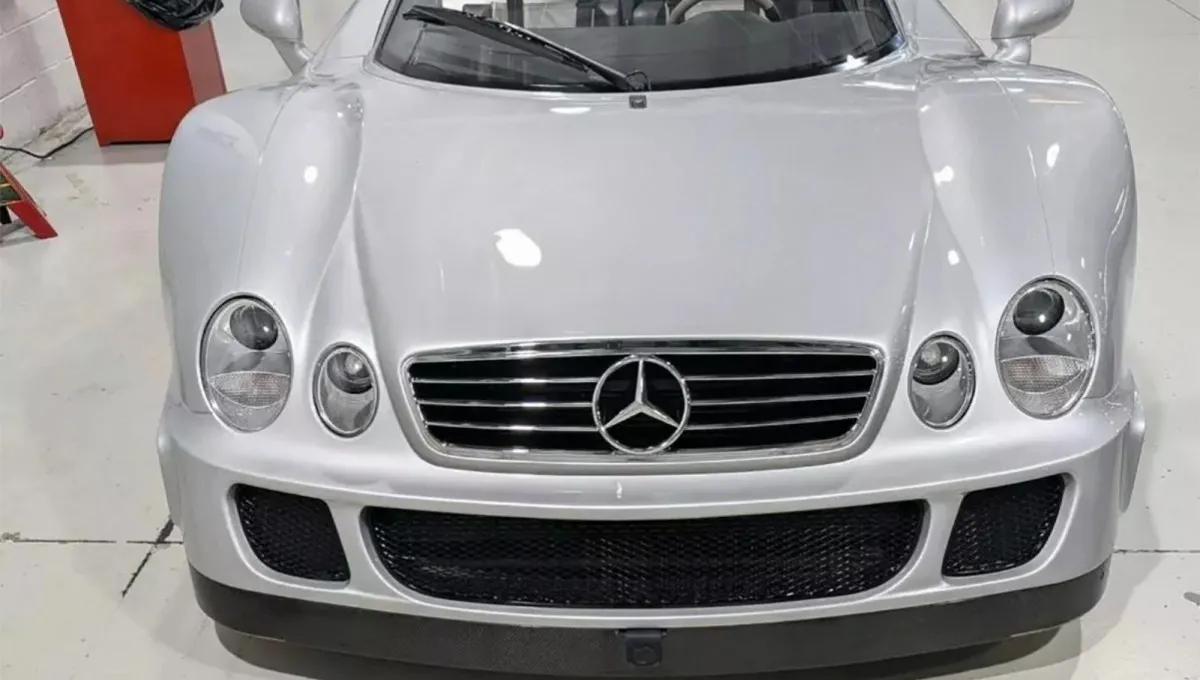
FBI Seizes Mercedes-Benz CLK-GTR in U.S. in Major Drug Trafficking Case
In Los Angeles, the FBI has seized an ultra-rare 2002 Mercedes-Benz CLK-GTR supercar as part of a major drug trafficking investigation.
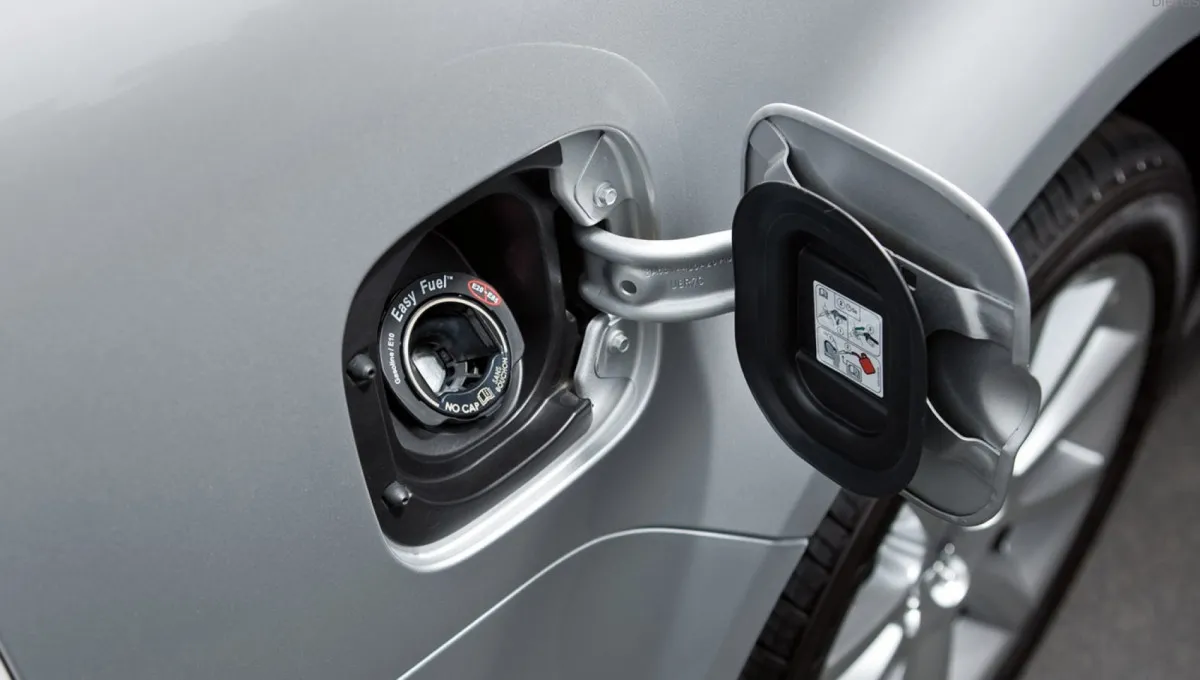
How to Clean a Gas Tank from the Inside—Without Removing It: Dirt, Water, and Rust
Over time, many vehicles accumulate water and debris inside the gas tank, while the inner walls can develop rust.
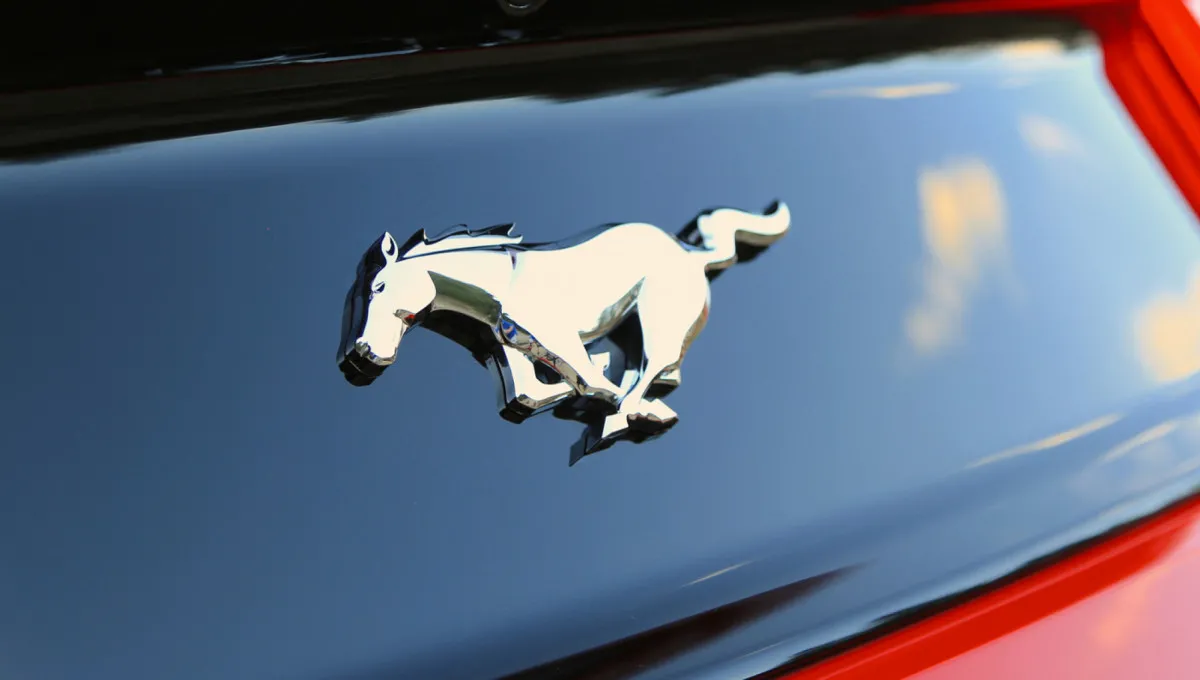
Ford Unveils a New 800-HP Mustang — and It’s Not a Shelby GT500
A surprise new variant has quietly appeared in the Ford Custom Garage catalog.